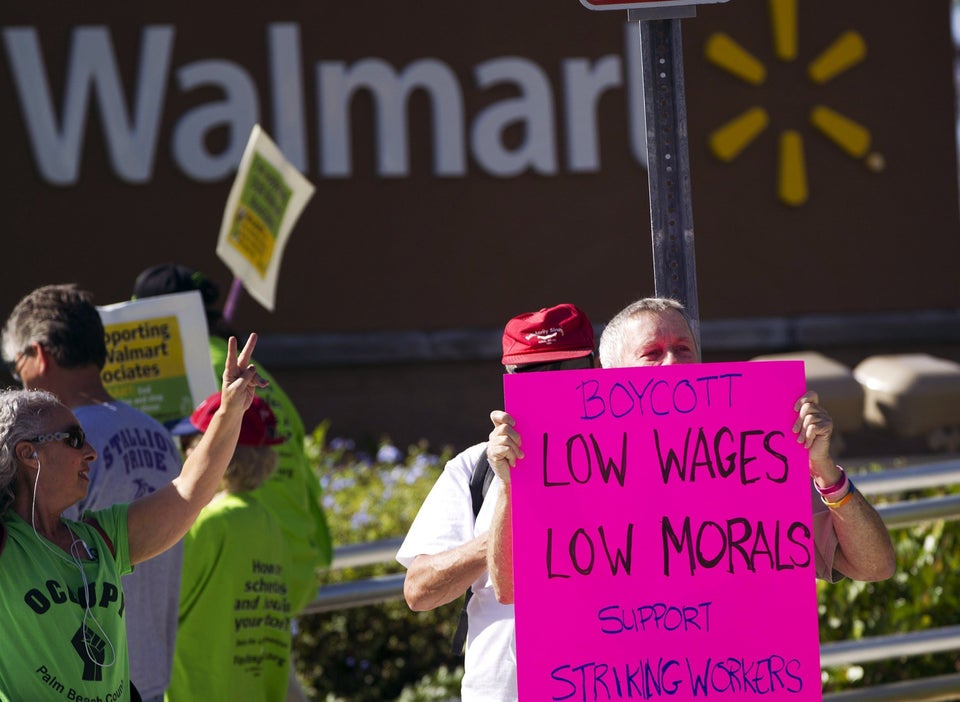Ekene Ijeoma is an artist, a designer and programmer by trade. He created his interactive art piece, “Wage Islands” by using the median monthly housing cost data in New York City, sourced from the American Community survey.
Wage Islands is simple, yet dazzling -- a 3-D printed replica of New York City is almost completely submerged in black water. As the user hits a button, water recedes, revealing more of NYC. The button that users press represents an increase to the hourly wage -- at $8.75 cents per hour, most of NYC is off limits, leaving only a few selected areas peeking above the water line. A powerful commentary on housing accessibility and income, Ijeoma’s work does what thousands of anti-gentrification screeds and reams of white papers have not been able to accomplish: providing a clear understanding of the scope of the affordable housing crisis in New York City.
Over email, Ijeoma expands on his inspiration for Wage Islands:
I thought of Wage Islands at Re3Storyhack, a “hackathon for storytellers with a conscience” where creatives and technologists worked with non-profit organizations. It was there I understood more about Fast Food Forward’s fight to raise minimum wages for fast food workers to 15 dollars [an hour].
I was inspired by the geography and society of NYC. Here we all live on and cross between actual and metaphorical socio-economic islands. The islands are the metaphor for housing and access.
Wage Islands is meant to be more poetic than pragmatic. I was inspired by the post-Sandy New York Magazine “The City and the Storm” cover photo of Manhattan by Iwan Baan. It was a night time aerial photo of Manhattan as “a tale of two cities”; one with lights (above midtown) and one without (mostly downtown). I liked how you didn’t need to know the neighborhoods or streets and intersections to understand it. I saw it as a photographic visualization and wanted to explore how to use data visualization to create something just as visceral. In the same ways as photography, data as a medium can be transformed and manipulated to reveal new views and perspectives.
It’s not about what jobs have better wages; there’s inequality in access to jobs too. Wage Islands is about seeing if anyone can live the American Dream of minimum wage being a living wage in NYC; that’s the sweet spot.
I wanted to see how much raising the minimum wage would change their geographies of access to the city. Wage Islands shows that it doesn’t grow much but maybe it gives them a better living within the geographies that they’re already in. What Wage Islands doesn’t show is the full-time low-wage workers who have jobs but are homeless -- a lot of whom work for us; the city. That’s shocking!
I use data to try and see through the eyes of the people behind the numbers. I also try to find the missed connections between people too. I hope that it’ll raise more empathy around minimum wage fight in NYC. As Lil Wayne said in “Nightmares at the Bottom:” “We in the same picture, but we all got different poses.”
Trinidad James said “if your life out of frame change the picture.” Data has become a big part of how governments run cities so it’s important for citizens understand the data that is being used to govern them.
Also on WorldPost:

